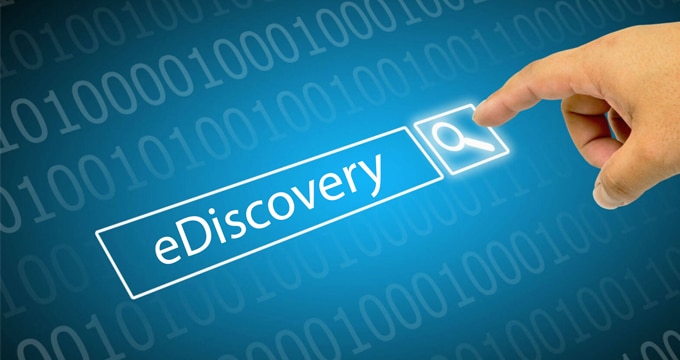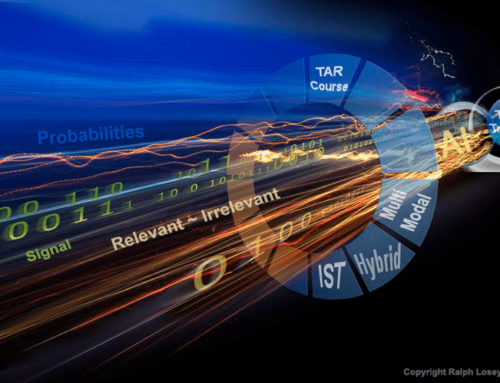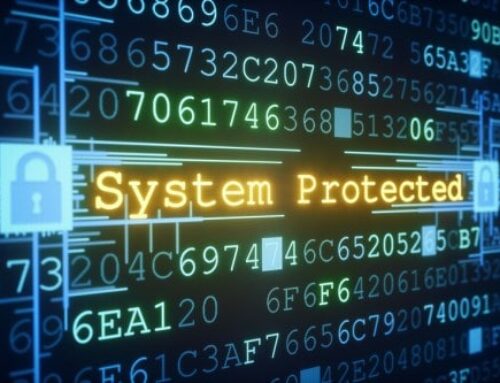Understanding eDiscovery – Part 1:
Whether you are new to eDiscovery or a veteran, it’s always good to review the basics. Part 1 will cover a quick breakdown of the process, what ESI means, and types of ESI.
The EDRM model focuses on the key phrases of the eDiscovery lifecycle.
Identification – Find the data you want to look at and where it lives
Preservation – Prevent people from altering or destroying the data
Collection – Have experts use technology to copy and document the data itself and data about the data (metadata)
Processing – Turn 1s and 0s into a reviewable format and get rid of garbage data
Review – Use humans and tech to look at and categorize data by relevance and issues, eliminate more garbage
Analysis- Build your case using insights from review
Production – Share the non-garbage data relevant to the matter with interested parties
What does ESI Mean? ESI stands for electronically stored information. Simple to understand, but identifying this type of information can be more complex. Previously, ESI was mostly electronic or hard copies of spreadsheets, presentations, documents, PDFs, etc. But with technology constantly evolving, other types of data are now under this category. Other types of ESI include:
- Instant messaging
- Collaboration tools (Slack, Teams, etc.)
- Text/SMS messages
- Messaging apps (Whats App, We Chat, etc.)
- Social media (Facebook, Instagram, Twitter, LinkedIn, Snapchat, etc.)
- Smart devices (Fitbits, smart watches, Alexa, Nest, etc.)
Having a good understanding of ESI and the types is the first part to being successful in the eDiscovery field. Part 2 will focus on the next step – data.
For more Tidbits & Thoughts, please click here.






